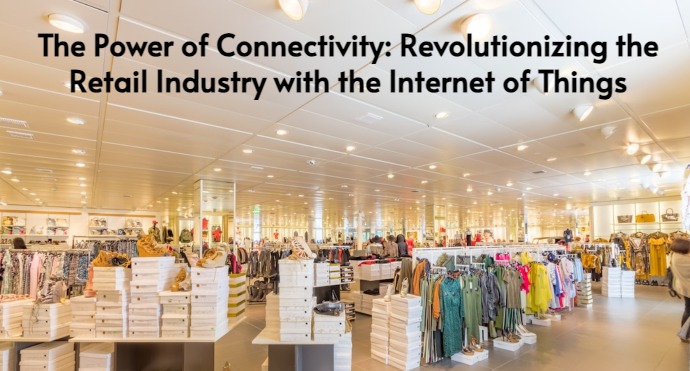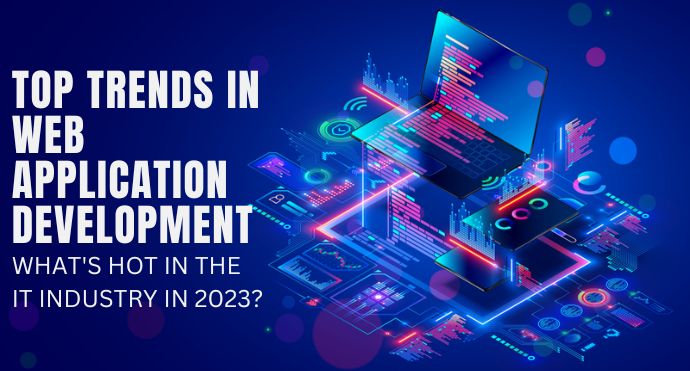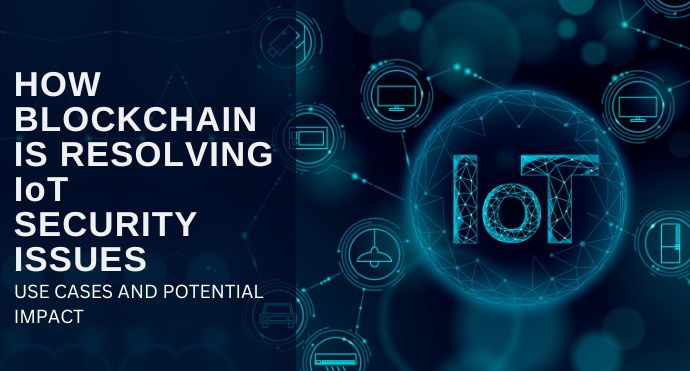The advent of the Internet of Things (IoT) has brought about a significant transformation across various industries, and the retail sector is no exception. With the power of connectivity, the retail industry is undergoing a revolution, redefining how businesses operate and enhancing the overall customer experience. Here, we will explore the key points highlighting the transformative potential of IoT in retail.
Enhanced Inventory Management:
One of the major challenges faced by retailers is managing inventory effectively. With IoT, retailers can deploy smart sensors and RFID tags to monitor and track inventory in real time. This enables them to automate stock replenishment, prevent stockouts, and optimize inventory levels. The ability to gather accurate and timely data about product availability not only improves operational efficiency but also enhances customer satisfaction by ensuring that desired items are always in stock.
Personalized Shopping Experiences:
IoT devices, such as beacons and smart shelves, enable retailers to offer personalized shopping experiences to customers. By leveraging data collected from IoT devices and analyzing customer preferences, retailers can tailor promotions, discounts, and recommendations based on individual buying patterns. This level of personalization fosters customer loyalty, increases engagement, and drives sales.
Smarter Store Layouts:
IoT technology enables retailers to create smarter store layouts. By deploying sensors and cameras, retailers can gather data on customer movement patterns, product interactions, and traffic flow within the store. This information helps optimize product placement, plan store layouts, and improve the overall shopping experience. With real-time insights, retailers can identify and resolve bottlenecks, reduce waiting times, and enhance customer satisfaction.
Streamlined Supply Chain:
IoT solutions facilitate end-to-end visibility and transparency in the supply chain, revolutionizing the way products are sourced, manufactured, and delivered. Sensors and trackers embedded in products and vehicles allow retailers to monitor and manage their supply chain operations in real time. This enables better inventory forecasting, efficient logistics management, and proactive issue resolution, leading to cost savings and improved customer service.
Intelligent Pricing and Dynamic Offers:
IoT enables retailers to implement dynamic pricing strategies based on real-time data. By analyzing factors such as customer demand, inventory levels, and market conditions, retailers can adjust prices dynamically to optimize profits. Additionally, IoT devices can trigger personalized offers and discounts in real-time, further enticing customers and driving sales.
Enhanced Security and Loss Prevention:
Security and loss prevention are critical concerns for retailers. IoT-based solutions provide enhanced security measures by incorporating smart surveillance systems, RFID-based anti-theft tags, and access control mechanisms. These technologies help detect and prevent theft, reduce shrinkage, and create a safer shopping environment for customers and employees alike.
Conclusion:
The Internet of Things is revolutionizing the retail industry by connecting various devices, systems, and data sources. The power of connectivity offered by IoT enables retailers to streamline operations, optimize inventory, provide personalized experiences, and improve overall customer satisfaction. As the retail landscape continues to evolve, embracing IoT technologies will be crucial for businesses to stay competitive and meet the ever-growing expectations of tech-savvy consumers.
By leveraging the transformative potential of IoT, retailers can unlock new opportunities, drive innovation, and shape the future of retail in a connected world.



